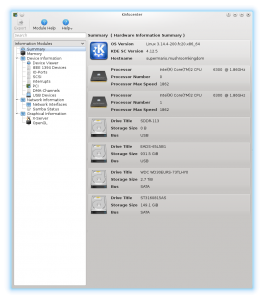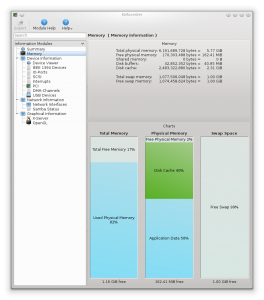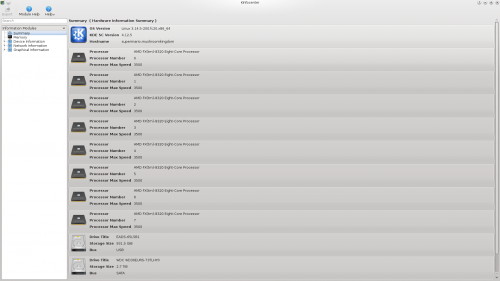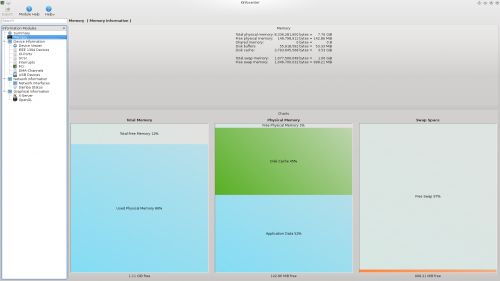On Upgrading the CPU, Motherboard, and RAM in SuperMario
By EricMesa
- 2 minutes read - 303 wordsSuperMario is my main Linux computer and its motherboard was dying. The first signs were the DVD burner no longer being read (knew it wasn’t just that one because I swapped out DVD burners) followed by the front panel USB not working. Then, last week, it stopped booting reliably. It was time to finally replace the motherboard. This was the Linux computer I’d built the first time I was trying to convince Danielle to use Linux (seven years ago) so it had a Core 2 Duo in it. So I’d need a new motherboard, CPU, and RAM. Here’s what KinfoCenter looked like before the swap:


And here’s how it looked afterward:


I timed a few things to see what this epic leap in CPU power would gain me:
Login to desktop with the old CPU took 4 minutes before it was ready for me to do something productive. Login to desktop with the new CPU took 2m 46 seconds. An improvement, but not quite what I was expecting. However, whatever is causing it to take so long to load up is disk intensive so perhaps I just need to get to a faster hard drive or SSD to get the login times I want. Amarok took 47s with each CPU.
Tasks that are not as disk intensive work nearly instantaneously now. Activity switching in KDE is nearly instantaneous. Before it was only usable because I’m a pretty patient person and get enough use of activities to be worth waiting for. Choqok also loads my twitter feed instantaneously instead of taking a half minute or so. Finally, the Dolphin Emulator (Gamecube and Wii) is actually usable now. Before some Gamecube games were playable, but Wii games were a non-starter.
Overall, I’m very happy with it, even if the hard drive is still the bottleneck.